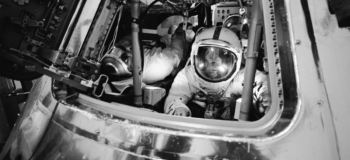From Apollo 13 to Starliner: Leveraging the digital twin in space emergencies
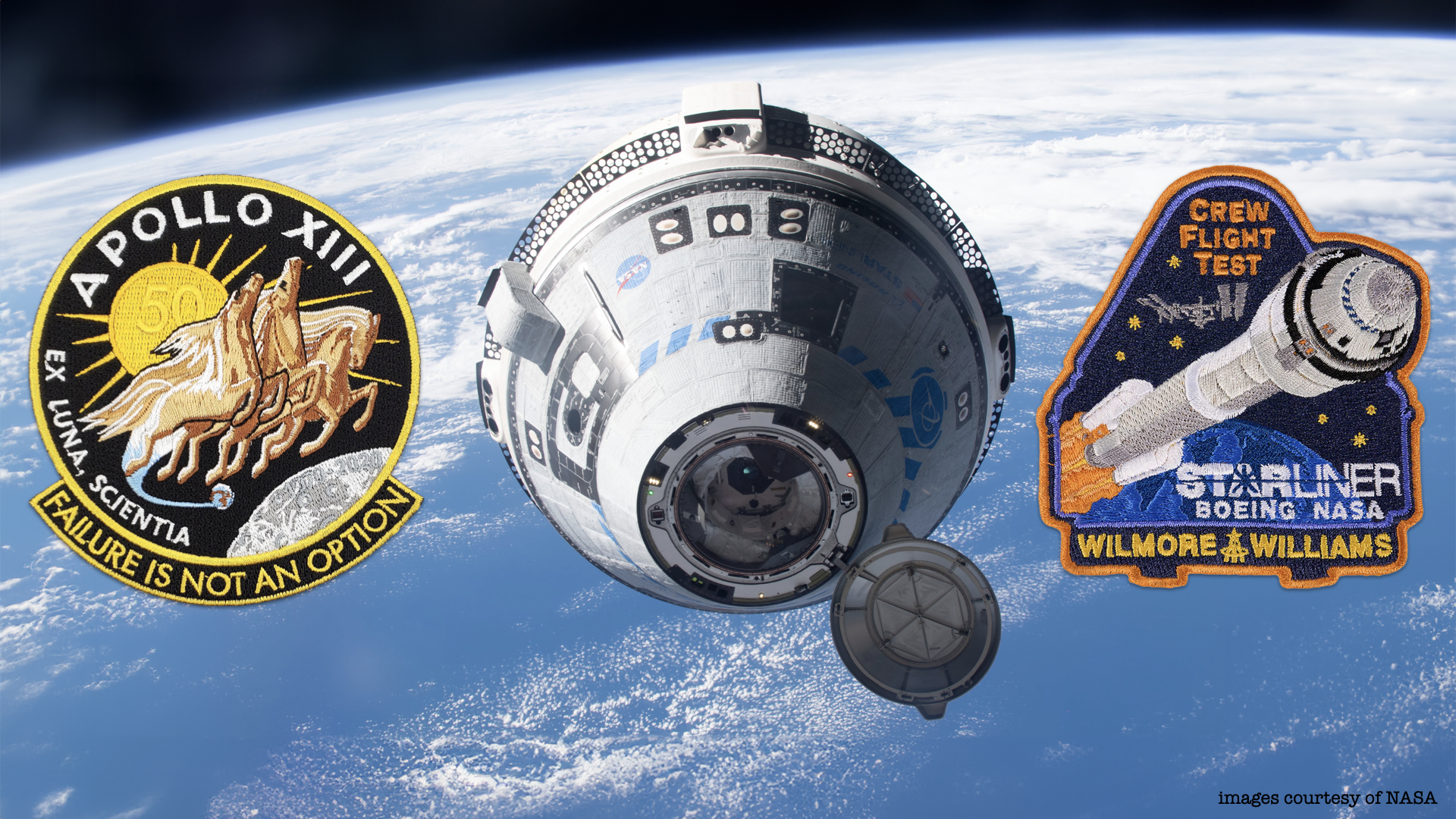
Mission Update: NASA has recently announced that the Starliner spacecraft will return to Earth without astronauts Butch Wilmore and Sunita Williams, who will instead come home aboard SpaceX Crew-9. This decision follows comprehensive testing and analysis, prioritizing the astronauts’ safety. The uncrewed Starliner will autonomously re-enter Earth’s atmosphere and land, allowing NASA to gather valuable data from the mission. This blog is explores the data informed decision making process behind this update.
Astronauts Butch Wilmore and Sunita Williams are currently facing an unexpected extension to their mission aboard the International Space Station as NASA and Boeing work to resolve technical issues that have delayed their return to Earth. The mission, initially planned to last about a week, has now been extended indefinitely, with the possibility that Butch and Suni might remain on the ISS until early 2025.
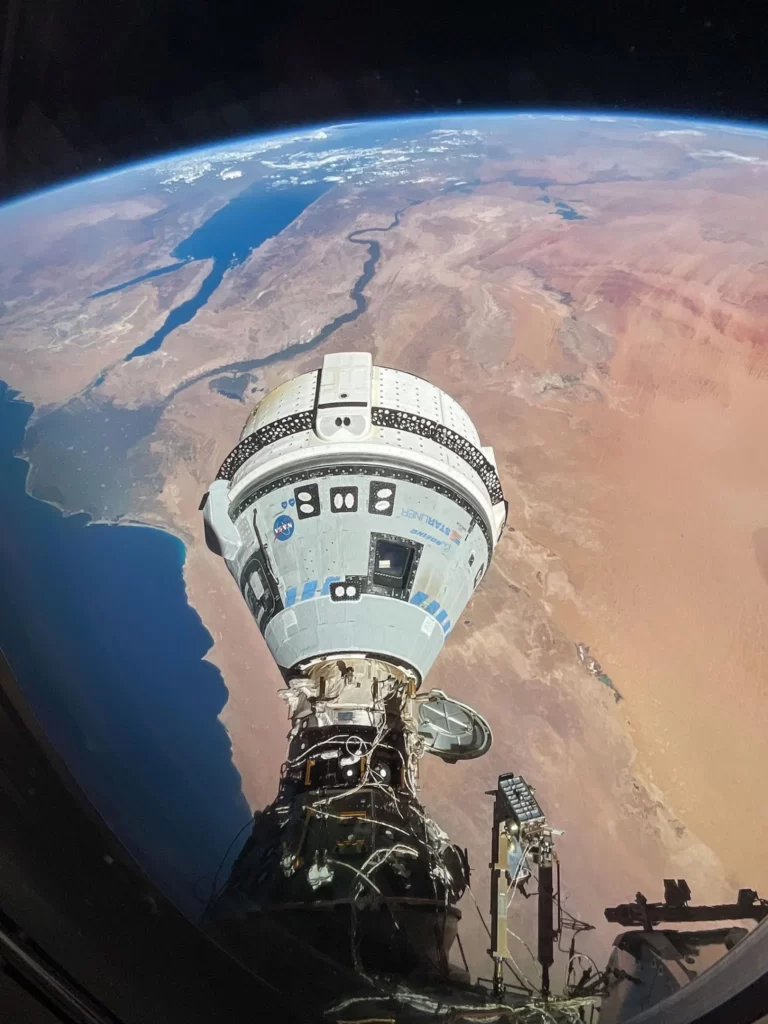
To bring them home safely, NASA is exploring several options. One potential solution involves using a SpaceX Crew Dragon capsule to retrieve the astronauts, while the Starliner spacecraft would return autonomously to Earth. This backup plan ensures that the astronauts’ safety remains the top priority as engineers work to address the challenges with Starliner. NASA and Boeing are taking a cautious and methodical approach, ensuring they have all the necessary data from tests, simulations, and real-time observations of the spacecraft before making any informed decisions. This approach is critical to minimizing risks and ensuring the safest possible outcome for the crew.
Starliner thruster issues: A case of swollen seals?
The trouble began as Starliner approached the ISS. Five of the capsule’s 28 reaction control system thrusters malfunctioned, delaying the docking process by nearly an hour. These thrusters are crucial for maneuvering the spacecraft, particularly when it comes to adjusting its position during docking and undocking operations. Eventually, four of the thrusters were restored, allowing the astronauts to complete their docking with the ISS, but the malfunction was concerning enough to trigger an investigation by NASA.
To understand what went wrong, NASA and Boeing engineers have been conducting tests at the White Sands Test Facility in New Mexico. They subjected a test engine and its thrusters—developed for future Starliner flights—to conditions similar to those the capsule experienced on its way to the ISS. Initial findings suggested that a small Teflon seal inside the thrusters might be the culprit. Under high temperatures, this seal appeared to swell, potentially blocking the flow of propellant into the thrusters.
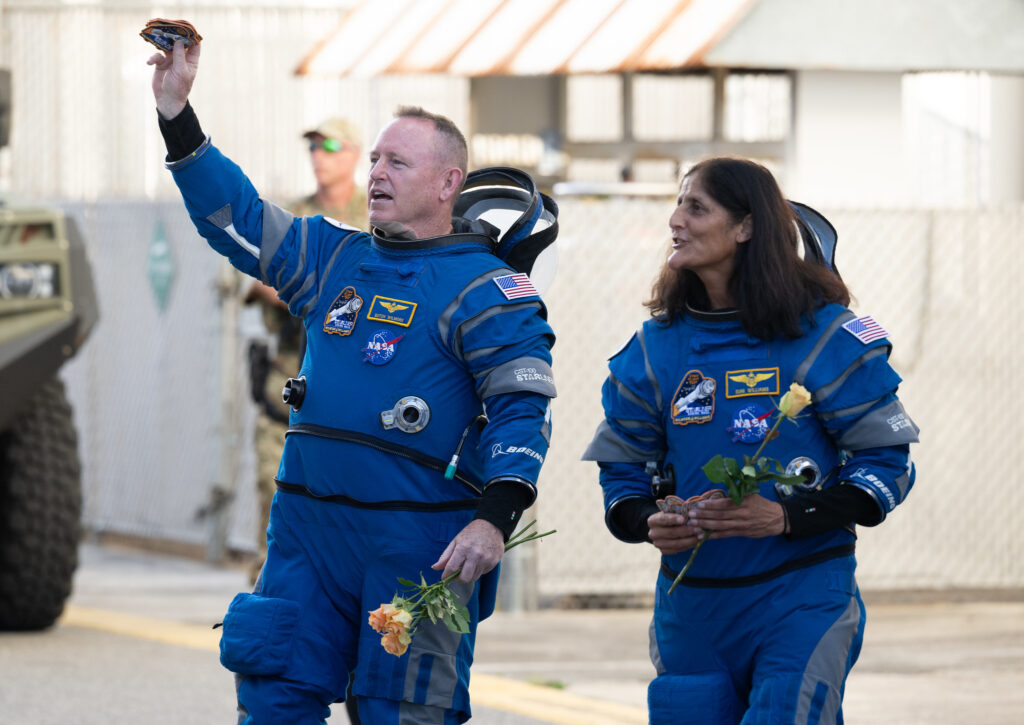
However, the situation is complicated. Steve Stich, NASA’s Commercial Crew Program manager, pointed out that while ground tests provided some insights, they couldn’t entirely replicate the conditions in orbit. This is where advanced engineering simulations come into play.
While physical tests on Earth are limited in their ability to reproduce the exact space environment, computational fluid dynamics (CFD) and structural mechanics simulations can model how the thrusters behave under the unique conditions of space. These simulations provide critical data that complement physical testing, allowing engineers to better understand the issues and refine their solutions. NASA and Boeing’s commitment to thoroughly analyzing every piece of data before making decisions is not only prudent but also essential in maintaining the safety and success of the mission.
Leaks, leaks and more leaks
In addition to the thruster problems, Starliner has also been dealing with helium leaks in its propulsion system. Helium is critical for pressurizing the system, and any leaks could potentially affect the spacecraft’s performance. Before StarlinerStarliner’s launch, NASA was aware of one slow helium leak but deemed it manageable. However, after liftoff, two more leaks were detected in the service module, raising further concerns.
Fortunately, these leaks have not posed an immediate threat to the astronauts’ safety, but they have added another layer of complexity to the mission. NASA and Boeing have been closely monitoring the situation, bringing in additional propulsion experts to conduct further testing and analysis. Last month, NASA confirmed that Starliner’s propulsion system was stable and that the helium leak rates had not increased in a way that would jeopardize the spacecraft’s return to Earth. However, they continue to gather data to fully understand the implications of these leaks.
By carefully assessing the situation and gathering as much information as possible, NASA and Boeing are ensuring that any decision made regarding the spacecraft’s return is based on the most accurate and comprehensive data available.
Data driven decision making
Given the challenges with both the thrusters and the helium leaks, NASA and Boeing are being cautious in their approach. Ken Bowersox, associate administrator of NASA’s Space Operations Mission Directorate, emphasized the importance of a detailed analysis. A 3D model of the thruster system is being developed to help understand the issues more clearly. This model, informed by both physical tests and sophisticated simulations like CFD and structural mechanics, will be crucial in understanding how the thrusters operate under space conditions. By integrating these simulations, engineers can better replicate the actual environment of space, overcoming the limitations of ground-based physical tests.
It’s important to note that Starliner’s propulsion system is designed to detach from the spacecraft and burn up upon reentry. This makes the current situation a unique opportunity to study the system in the environment of space, where it is difficult to replicate conditions on the ground. NASA and Boeing are taking advantage of this by keeping Starliner docked at the ISS for as long as possible to conduct additional tests and gather as much data as they can. Their thorough and deliberate approach is crucial for ensuring that the eventual decisions made are well-informed and prioritize the safety of the astronauts.
Parallels with Apollo 13
The current situation with Starliner bears some resemblance to one of NASA’s most famous space missions—Apollo 13. While the circumstances are different, the reliance on simulations and engineering ingenuity to solve unforeseen problems is a common thread that connects both missions.
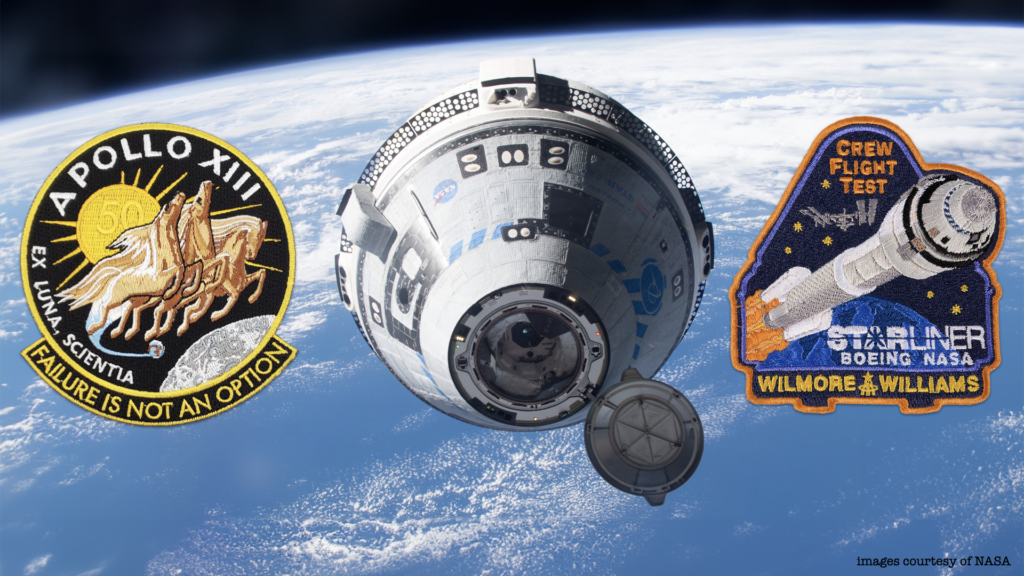
During the Apollo 13 mission, an oxygen tank explosion severely crippled the spacecraft, putting the lives of the three astronauts on board in grave danger. The mission quickly shifted from a lunar landing to a desperate rescue effort. Engineers on the ground had to rapidly develop and test solutions to problems they had never anticipated. With no margin for error, they relied heavily on simulations and real-time problem-solving to bring the astronauts home safely.
Similarly, the Starliner team is now depending on advanced simulations and digital twins—virtual models of the spacecraft’s systems—to diagnose and solve the issues with the thrusters and helium leaks. These tools allow engineers to explore how the spacecraft might behave under different scenarios, providing insights that would be impossible to obtain through physical tests alone. The ability to simulate space conditions on Earth has become a vital part of modern space exploration, enabling teams to address problems that arise in the harsh environment of space.
In both Apollo 13 and Starliner, the stakes are incredibly high, and the solutions require precision, creativity, and an in-depth understanding of complex systems.
If you’re interested in learning more about the parallels between Apollo 13 and modern space missions like Starliner, I’ve recently recorded a podcast episode that takes a deep dive into the Apollo 13 rescue mission. In the podcast, I explore the challenges faced by the astronauts and engineers during that harrowing time and discuss how their innovative problem-solving techniques have shaped NASA’s approach to space exploration today.
Exploring the role of digital twins in mission assurance
For a broader perspective on how digital twins are transforming mission assurance in space exploration, you might also be interested in another podcast episode I’ve recorded that focuses on Digital Twins in Mission Assurance. In this episode, I talk with Nancy Lindsey, a NASA technical expert in reliability, maintainability, and availability, and we explore how advanced simulations help engineers predict and prevent issues before they arise, ensuring the reliability and safety of missions. The discussion highlights how digital twins are becoming an indispensable tool in modern spaceflight, directly contributing to mission success and astronaut safety.
We’ve also recently talked with Tom Stoumbos, Director of Engineering at Northrop Grumman about the role of simulation in the design and testing of space vehicles and satellite systems, and the innovation required for establishing a base on the moon.
Whether you’re a space enthusiast, an engineer or just curious about how these complex missions are managed, the Engineer Innovation Podcast provides valuable insights into the resilience and ingenuity required to succeed in space.
A measured approach to spaceflight risks
With all the data being collected, NASA and Boeing are approaching a critical decision: whether to bring Starliner back to Earth with or without its crew. If it’s deemed too risky to use Starliner for the return trip, astronauts Butch Wilmore and Sunita Williams would remain aboard the ISS until early next year. In this scenario, NASA would adjust the SpaceX Crew-9 mission, launching only two astronauts in late September instead of the usual four. Butch and Suni would then return to Earth after the Crew-9 mission is completed.

This situation with Starliner underscores the importance of careful risk management in spaceflight. Even routine missions can present unexpected challenges, and it’s NASA’s responsibility to evaluate these risks thoroughly before making any decisions. The lessons learned from past incidents, such as the Space Shuttle Columbia tragedy and the Apollo 13 mission, continue to guide NASA’s approach to ensuring the safety of its astronauts.
As NASA and Boeing continue to analyze the data and test Starliner’s systems, they are taking a measured approach to determining the next steps. The decision on how and when to bring Starliner and its crew back to Earth will be made with the utmost caution, prioritizing the safety of all involved.
For a deeper dive into how space missions like Apollo 13 and Starliner rely on simulations and digital twins to navigate complex challenges, don’t forget to check out the Engineer Innovation Podcast. It’s an opportunity to explore the history of space exploration and how it continues to shape the future of missions like Starliner.
